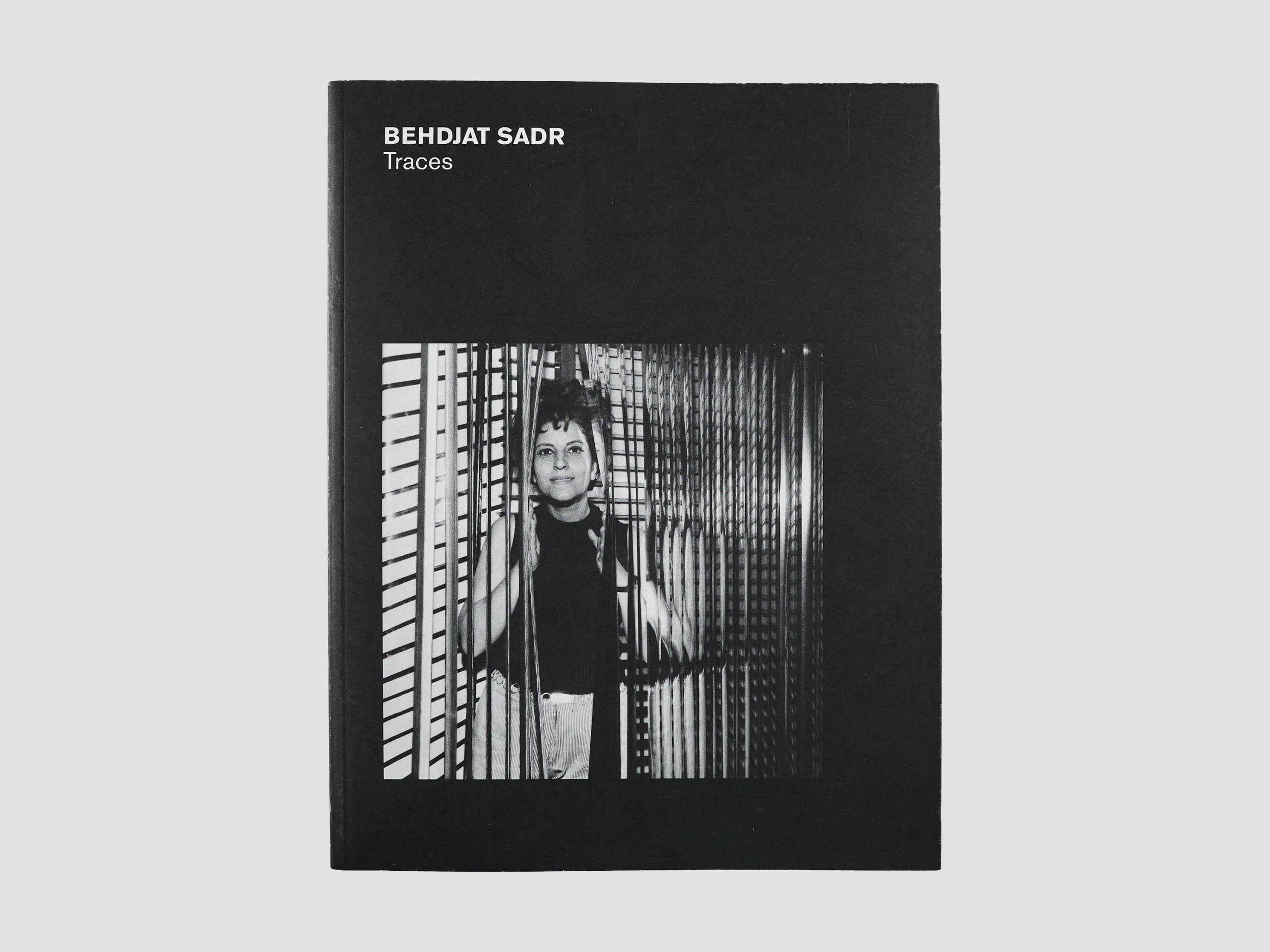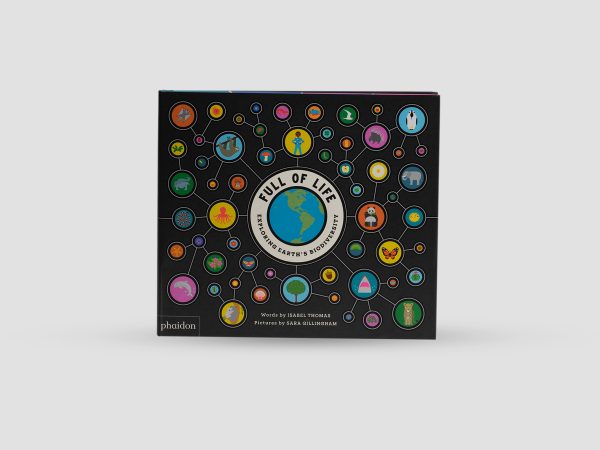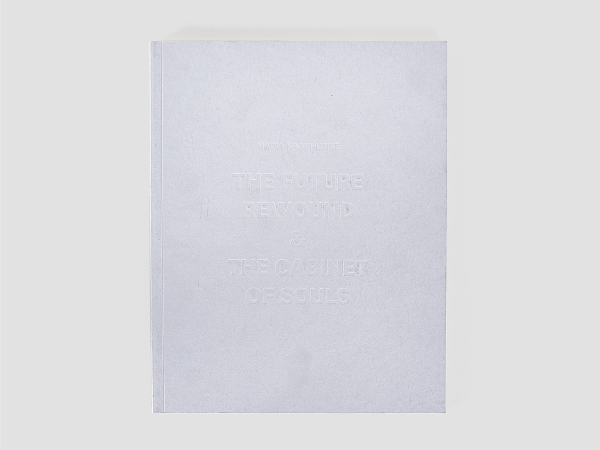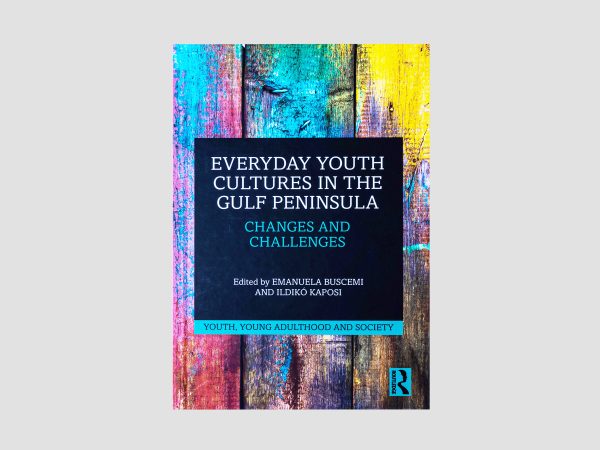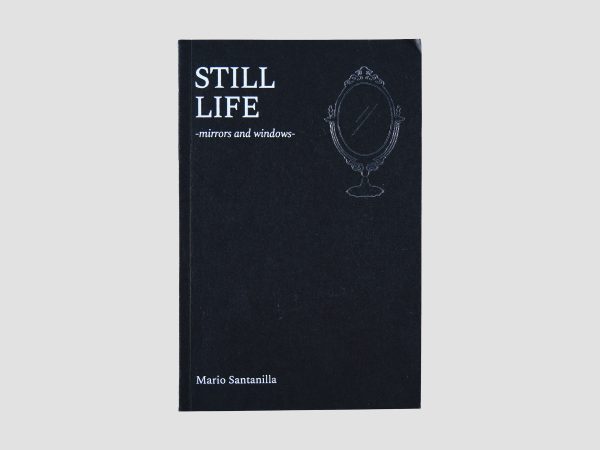Behdjat Sadr offers the singular testimony of a nascent cosmopolitan modernity that emerged between Tehran, Rome and Paris, the cities where she studied, worked and exhibited. Above all, Behdjat Sadr embodies an extraordinary fusion of work and life, evident in her multiform layers of gushing and overflowing paint, which expand our vision of abstract art. Combining personal and poetic writings of the artist with press articles and critical essays, this book is the first to document both Sadr’s artistic heritage and intellectual trajectory, marked by her correspondence with renowned figures such as Sohrab Sepehri, Forough Farrokhzad, Pierre Restany, Giulio Carlo Argan.
About the Editors
Morad Montazami is an art historian and curator. His research interests are cosmopolitan modernisms and histories of the avant-garde in the Southern and Eastern Mediterranean and North Africa.
Narmine Sadeg Born in 1955 in Iran, lives and works in Paris after studying at the University of Tehran and the School of Fine Arts in Paris, she undertakes theoretical research and obtains a PhD at Paris-Diderot University about the correlation between text and image. Represented by Galerie Giovanna Minelli in Paris at the start of the 1990s, she is awarded the Villa Médicis hors les murs prize (1993 ) and produces a huge documentary video installation project that questions the institutional functioning of contemporary art ( Tell me about art, 1993-1994 ). A blend of sculpture, drawing, video and installation, her works explore the notion of strangeness and invisible borders between inside and outside, here and elsewhere. Her work is exhibited at Villa Arson, Centre national d’art contemporain, Nice; CAVS & MIT Museum, Cambridge, Massachusetts; Basilisk Gallery, Copenhagen; Werkstatt Gallery, Berlin.
About the Publisher
With a variety of formats, monograph, thematic or collective books, Zamân Books publications (historically born out of a generation of marxists and postcolonial intellectuals) cultivate a spirit of activist/archivist. Committed to the general fieldwork study of Arab, African and Asian modernities, our books seek to constitute authentic data and theoretical tools; at the service of an emancipated history of visual arts, their geographical and conceptual journeys. Eventually to play the role of an interface between different spheres of knowledge and art theory: academic knowledge, artistic knowledge, vernacular knowledge, digital knowledge.
